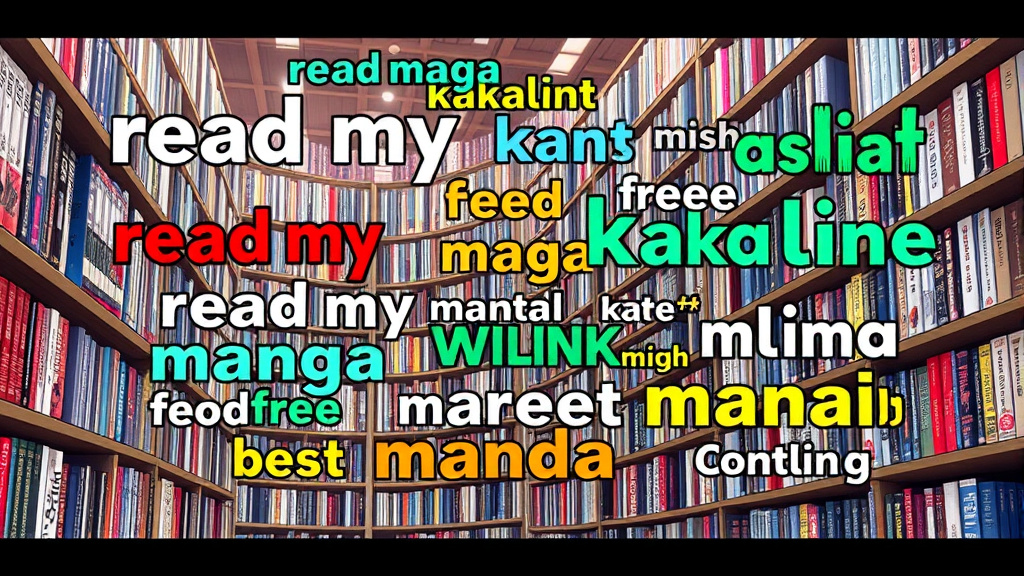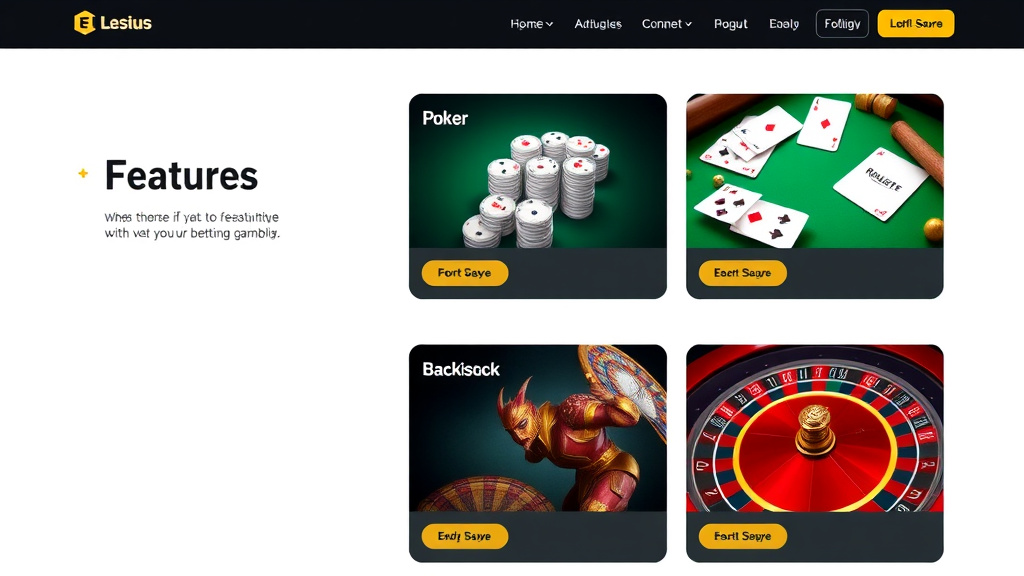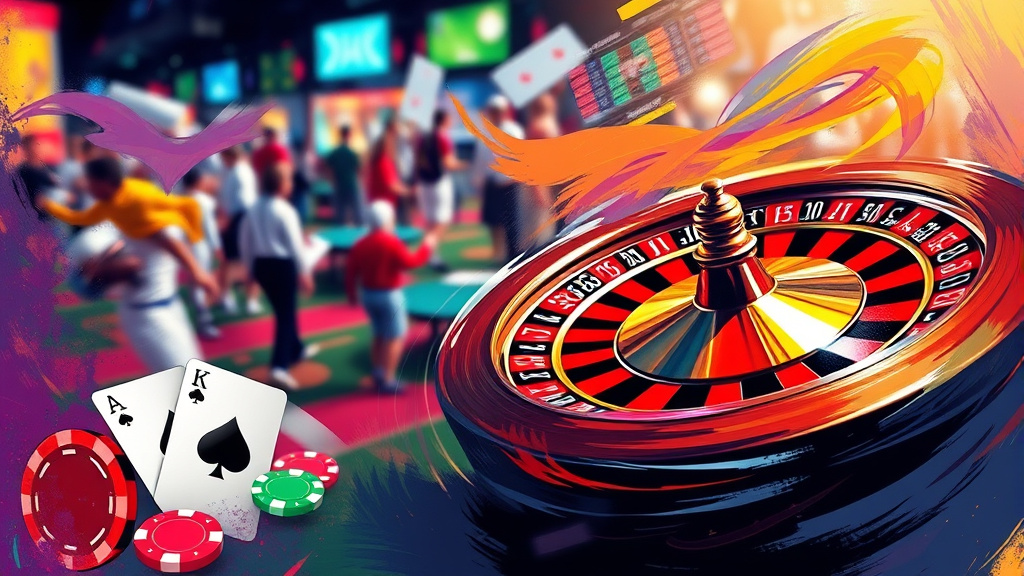In the diverse universe of Japanese manga, few titles have managed to carve out such a distinctive and influential niche as "one manga." This phenomenon not only reflects a unique storytelling style but also embodies a cultural movement that resonates globally. Exploring the multifaceted aspects of "One Manga" reveals its role as a creative force and a social phenomenon simultaneously, transforming how stories are told, received, and celebrated across borders. Whether as a groundbreaking visual art form or as a symbol of modern storytelling, "one manga" continues to shape the landscape of global comics culture.
Deconstructing the One Manga Phenomenon - A Critical Analysis
At its core, the "one manga" phenomenon defies traditional manga conventions that often emphasize serialized storytelling, extensive lore, and genre-specific tropes. Instead, "one manga" represents a movement that prioritizes concise narratives, innovative art styles, and a focus on emotional resonance within a limited format. This radical approach invites critics and fans alike to reassess preconceived notions of what manga can be, positioning "one manga" as an art form that challenges the boundaries of serialized storytelling and exemplifies minimalist excellence. Its emergence correlates with digital distribution, allowing creators to reach diverse audiences quickly, democratizing manga creation, and fostering fresh voices in the industry.
Furthermore, analyzing the socio-cultural context reveals that "one manga" often encapsulates contemporary issues in a distilled, potent manner that resonates worldwide. Its appeal lies not only in aesthetic innovation but also in its capacity to condense complex themes—such as identity, resilience, and societal critique—into accessible, visually compelling narratives. This convergence of artistry and social commentary signifies a shift toward more introspective, emotionally driven manga, promising a future where brevity and depth coexist harmoniously in storytelling. The impact of "one manga" thus extends beyond mere entertainment, positioning itself as a cultural mirror reflecting modern anxieties and aspirations.
 Hình minh họa: one manga – view manga online
Hình minh họa: one manga – view manga onlineThe Art of One Manga - Exploring Visual Storytelling Techniques
The visual storytelling techniques employed in "one manga" are remarkably experimental and deliberately crafted to maximize emotional impact within a limited artistic scope. Artists working within this genre often utilize minimalist line work, unconventional panel layouts, and dynamic use of negative space to evoke mood and atmosphere. These choices serve to distill narrative complexity into succinct visual cues, allowing the reader to fill in contextual gaps and engage more actively with the story. Such techniques challenge traditional manga conventions, emphasizing emotion and symbolism over detailed realism, and push the boundaries of how visual storytelling can communicate subtlety and nuance.
In addition to structural innovations, "one manga" frequently leverages symbolic imagery and abstract visual motifs to deepen thematic content. This approach invites readers to interpret layered meanings behind seemingly simple illustrations, fostering a more immersive and contemplative reading experience. The art style often reflects the thematic core—be it chaos, serenity, or ambiguity—creating a harmonious dialogue between form and content. This synergy between visual economy and expressive power underscores how "one manga" exemplifies a sophisticated awareness of art and storytelling, encouraging creators to think beyond traditional clichés and explore new aesthetic horizons.

Narrative Depth in One Manga - Themes, Motifs, and Character Development
While "one manga" may seem minimalist on the surface, it often compensates through narrative depth, exploring universal themes such as human connection, existential angst, and societal upheaval. Due to its condensed format, these stories tend to focus intensely on specific motifs—like resilience, solitude, or transformation—that resonate on a profound emotional level. The reduced scope allows for a sharper focus on character development; characters in "one manga" frequently embody archetypes or symbolic figures that serve as vessels for larger ideas, making every gesture and expression carry weight. This deliberate sparseness heightens emotional stakes, creating powerful moments that linger in the reader's mind.
Furthermore, the thematic richness in "one manga" often emerges from subtle details—an ambiguous stare, a quiet gesture—that prompt reflection on life's ambiguities and moral dilemmas. The motifs used often craft a visual poetry that reinforces thematic messages, such as cycles of growth and decay or the fluid nature of identity. Character arcs typify this approach, evolving through internal struggles rather than external action, emphasizing psychological depth over plot complexity. Through this intricate dance of theme, motif, and character, "one manga" manages to deliver stories that are compact but resonant, inviting multiple readings and interpretations.
One Manga’s Influence on the Manga Industry and Global Culture
The advent of "one manga" has significantly influenced the broader manga industry by inspiring creators to innovate beyond canonical formats and explore more experimental storytelling techniques. Its success demonstrates that brevity, simplicity, and emotional depth can attract large audiences, challenging the long-standing dominance of lengthy series and complex lore. This shift has opened doors for new genres and niche markets, encouraging creators to experiment with shorter, more impactful stories that can be distributed easily via digital platforms, thus lowering barriers for aspiring artists and writers.
On a cultural level, "one manga" has helped to democratize manga consumption and production, making content accessible to diverse audiences worldwide. Its universality—often emphasizing themes that transcend cultural boundaries—has played a role in fostering cross-cultural dialogue and global appreciation for Japanese manga as an art form. The stylistic innovations and thematic explorations seen in "one manga" influence international comic creators, inspiring a wave of minimalist and emotionally driven storytelling across different media. In this way, "one manga" not only reshapes industry standards but also acts as a cultural ambassador, spreading Japanese visual and narrative aesthetics globally.
Fan Reception and Community Building Around One Manga
The fan community around "one manga" is characterized by enthusiastic engagement and active participation in discussions, fan art, and online forums. Because "one manga" often leaves room for interpretation, fans thrive on dissecting symbolic elements, sharing theories, and celebrating creators' innovative techniques. Many communities form around the shared appreciation of the genre’s aesthetic and thematic qualities, fostering a sense of camaraderie and collective discovery. These interactions often extend beyond the digital sphere, manifesting in fan conventions, art collaborations, and dedicated social media groups, which help sustain the genre's vitality and visibility.
What makes "one manga" particularly compelling for fans is its accessibility, both in terms of art and narrative. Its concise format allows new readers to delve into stories without overwhelming commitment, while its open-ended themes invite multiple interpretations, encouraging active participation. This dynamic fosters a loyal and growing community that values artistic innovation, emotional honesty, and shared cultural appreciation. The grassroots nature of these communities—driven largely by passion rather than commercialization—ensures the genre remains vibrant, innovative, and rooted in authentic artistic expression.
Adapting One Manga - From Page to Screen and Beyond
Adapting "one manga" from static pages to animated series, films, or multimedia projects involves both great opportunities and unique challenges. The succinct nature of "one manga" allows creators to distill stories into potent scripts with clear visual cues, making some adaptations straightforward. However, translating the visual restraint and emotional subtlety of "one manga" to other mediums requires innovative techniques—such as dynamic animation, voice acting, and sound design—to preserve its essence. Successful adaptations pay careful attention to maintaining the story’s minimalist aesthetic and thematic depth while expanding on visual and narrative elements to suit a different format.
Beyond traditional adaptation, "one manga" often lends itself well to other media forms, including interactive art installations, virtual reality experiences, and cross-platform storytelling. The genre’s emphasis on symbolic visuals and emotional resonance makes it adaptable for immersive experiences that can deepen audience engagement. As technology evolves, "one manga" creators are exploring these new frontiers, ensuring that the core principles of concise, emotionally charged storytelling continue to thrive in innovative formats. In doing so, "one manga" not only expands its reach but also challenges creators to think creatively about how stories can be told across mediums, blending art, technology, and narrative.
The Creator's Vision - Understanding the Author Behind One Manga
Behind each "one manga" work lies a visionary creator whose artistic sensibilities and thematic priorities shape the entire piece. Understanding the author’s background, influences, and worldview provides essential context for appreciating the nuances of their work. Many creators operating within "one manga" emphasize personal expression, often using their stories to explore themes of identity, trauma, or societal critique. Their distinctive styles—minimalist yet emotionally rich—are often a reflection of their philosophical outlook on art and storytelling, revealing a desire to communicate profound truths through succinct visual and narrative language.
The creator's vision often involves a conscious effort to challenge conventions, distill complex emotions, and connect authentically with readers. Stories rooted in personal experience tend to gain resonance with audiences, who see reflections of their own struggles and hopes. Artists within this genre often experiment with form and content, pushing visual boundaries and narrative expectations to provoke thought and emotional response. Engaging with the creator’s intent deepens understanding and appreciation of "one manga" as not merely a genre but as an expression of artistic individuality and philosophical inquiry.
One Manga's Legacy - Its Enduring Impact on Readers and Creators
The legacy of "one manga" is apparent in its lasting influence on both audiences and creators. For readers, it represents a form of storytelling that emphasizes emotional truth, aesthetic simplicity, and thematic depth—qualities that foster personal reflection and cultural connection. This genre has expanded the possibilities for manga as an art form, encouraging audiences to appreciate brevity and nuance over spectacle. Its impact persists in inspiring new generations of storytellers to experiment with minimalism, narrative focus, and innovative visual styles, ensuring that "one manga" remains a vital and evolving part of the manga landscape.
For creators, "one manga" has unlocked new avenues for artistic expression, emphasizing the importance of storytelling economy and emotional resonance. It challenges artists to excel within constraints, often producing work that is both accessible and layered with meaning. Its influence can be seen across various media, from short films to independent comics, making it a catalyst for creative experimentation. The genre's enduring power lies in its ability to capture complex human experiences within a compact form, cementing its status as a vital chapter in the evolution of contemporary manga and a testament to the universality of visual storytelling.
Analyzing the Genre Conventions in One Manga
"One manga" defies many traditional genre conventions, favoring a blend of minimalist art, condensed storytelling, and thematic richness. It often eschews elaborate world-building and extensive character development in favor of focused narratives that prioritize emotional impact. This approach subverts the typical expectations of longer, plot-driven manga, instead emphasizing mood, symbolism, and psychological depth. The genre's conventions include sparse dialogue, expressive visual metaphors, and open-ended conclusions that invite multiple interpretations, fostering a more personal connection between artist and reader.
Additionally, "one manga" often incorporates experimental formats—such as single-page stories, silent panels, or unconventional layouts—that challenge readers’ engagement and perceptions. These structural choices align with thematic goals, emphasizing a moment of emotional clarity or rupture rather than linear progression. Such conventions serve to heighten the genre's signature intimacy and immediacy, making "one manga" a fertile ground for pushing artistic boundaries and exploring new narrative territories within the limits of brevity and visual economy.
The Business of One Manga - Publication, Distribution, and Merchandising
The rise of "one manga" has significantly altered traditional business models in manga publishing, emphasizing digital distribution and self-publishing platforms that cater to short-form content. Many creators leverage online platforms like Webtoon, Tapas, and social media to share their work directly with audiences, bypassing conventional publishing constraints. This democratization of distribution allows for rapid feedback, community engagement, and diverse monetization strategies—such as merchandise, print editions, and crowdfunding—that support ongoing creative efforts.
Commercially, "one manga" operates within a decentralized ecosystem where innovation and niche interests flourish. Merchandising opportunities often extend beyond the story—embracing character-centric products, art prints, and interactive media—amplifying the genre's cultural footprint. As the genre matures, savvy entrepreneurs and artists are discovering ways to monetize their work without compromising artistic integrity. This new economy of "one manga" underscores a broader shift in the manga industry—where quality, innovation, and community engagement are paramount—and reflects a future where less can indeed be more in the business of storytelling.
Conclusion
In exploring "one manga," it becomes clear that this genre represents a revolutionary approach to visual storytelling—one that challenges and redefines traditional manga conventions through its minimalist art, thematic depth, and emotional resonance. Its influence on the industry, global culture, and creative communities demonstrates its importance as both an artistic innovation and a social movement. From its artistic techniques to its cultural legacy, "one manga" illustrates how brevity and simplicity, when executed with profound intent, can generate powerful, lasting connections with audiences worldwide. As it continues to evolve through digital platforms, adaptations, and community engagement, "one manga" remains a compelling testament to the endless possibilities of visual storytelling and the enduring power of concise, heartfelt narratives.
English language.





